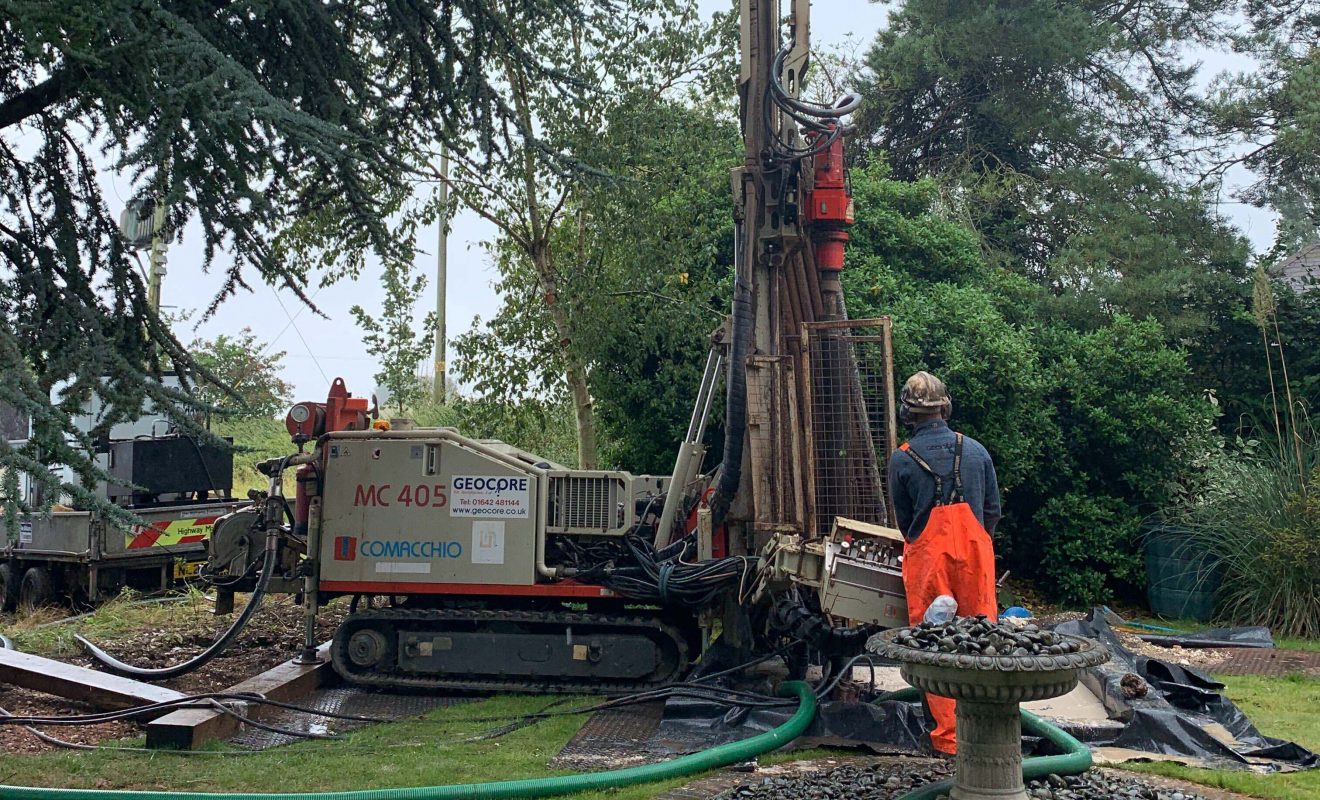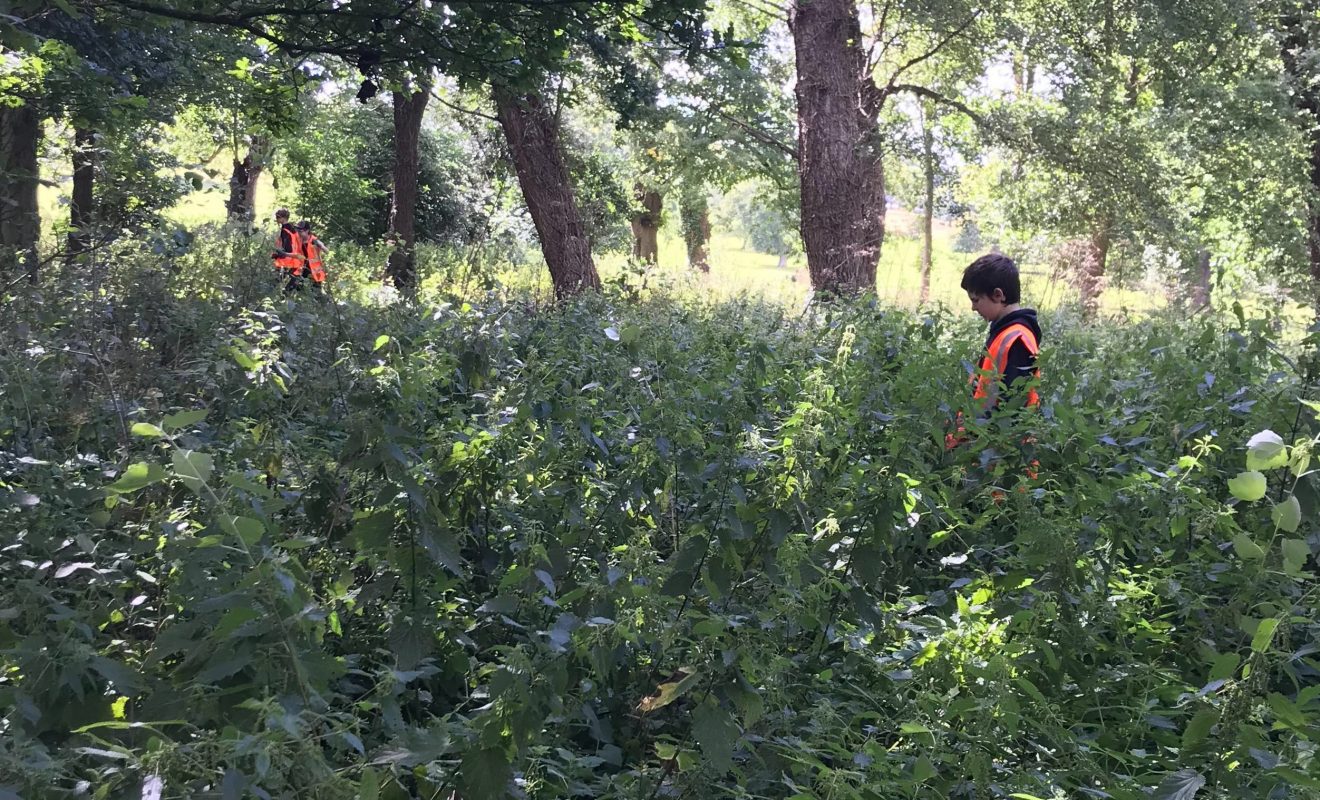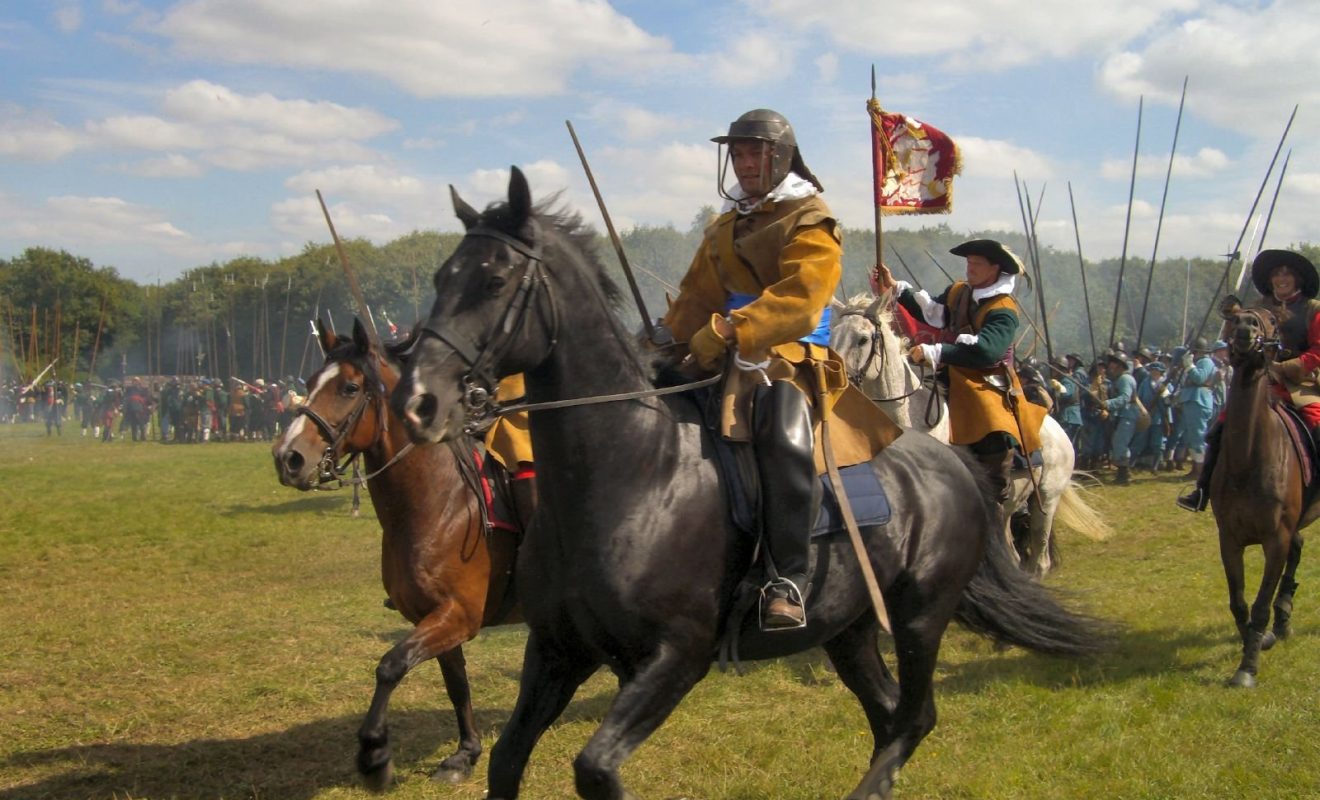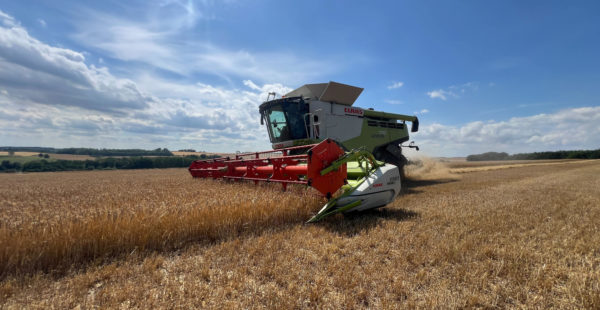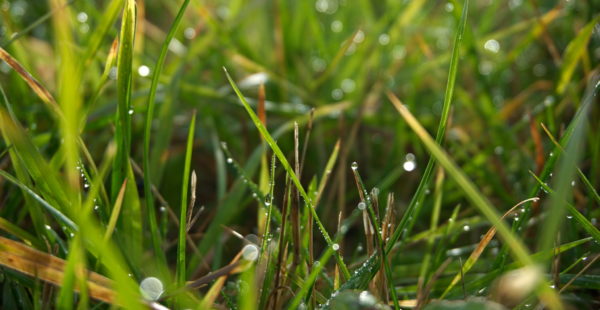Cromwell’s forces under the Earl of Manchester had laid siege to the Royalist garrison at Bolingbroke Castle, and a force of cavalry under Sir William Widdrington had been dispatched from Lincoln to break that siege. After several days of skirmishing, battle was joined with both sides wholly comprised of cavalry. In a close-run and frenetic hour of battle, Cromwell’s forces carried the day. His better disciplined captains faked a withdrawal, luring the Royalists away from the flat ground which favoured them. Despite having his horse shot from under him, Cromwell remounted and re-joined. In Horncastle, retreating cavaliers were trapped by a jammed parish-boundary gate at a place now ominously known as Slash Hollow.
After Winceby, Cromwell’s forces re-took Lincoln and Gainsborough and later accepted the surrender of Bolingbroke Castle. By the end of 1643, Lincolnshire was a Parliamentarian county. Sir Drayner’s courage was matched by his pragmatism. He thrived under both Cromwell’s Commonwealth and the Restoration of Charles II that followed it, laying the foundations for South Ormsby Estate as we know it today.
* Image of English Civil War re-enactors courtesy of Tim Sheerman-Chase via Flickr Creative Commons


